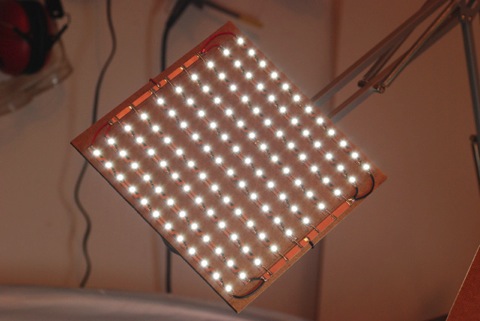I just finished up a guide to exchanging the SAW filter in a 0.9/1.3GHz receiver. So far the results are quite staggering for such a cheap modification! Other people have reported a +3dBi sensitivity gain after the modification. That’s the same as doubling your transmitter power!

A big thanks to Michael for sending me the SAW filters! He is a good friend and very skilled fellow hobbyist, check out his homepage; Mictronics.de







































